Three minutes to learn about coffee beans
When buying coffee beans, there are generally three choices: raw beans, cooked beans, coffee powder.
Raw beans: beans that are not roasted, can be stored for a long time, have almost no coffee taste, and need to be roasted in a special roaster to stimulate taste. If you bake yourself, not only do you have to buy a baking machine, but the technical requirements for bakers are also very high. Beginners are advised to buy carefully.
Ripe beans: coffee beans that have been roasted and ground by themselves. Roasted coffee beans lose their flavor easily, so buy freshly roasted coffee beans.
Coffee powder: coffee beans ground into powder, directly available. After coffee beans are ground, the contact surface with the air is greatly increased, and compared with coffee beans, it is easier to lose flavor and moisture, and it is easy to deteriorate.
To sum up, Xiaobian's advice is: buy fresh coffee beans, and try to buy a small amount, it is best to buy the amount of drinking within a week. When you need to drink it, drink it freshly. During storage, it should be moisture-proof, sealed and protected from light.
[Types of coffee beans]
First introduce the varieties of coffee, coffee tree types have more than 500 kinds, varieties have 6000, the world's main coffee tree has four kinds, really has commercial value and is planted in large quantities only two kinds, the quality of coffee beans produced is also the highest in other coffee trees produced coffee beans.
Different varieties of coffee beans have different tastes, but even the same variety of coffee trees, due to different soil, different climates and other effects, the coffee beans grown also have unique flavors.
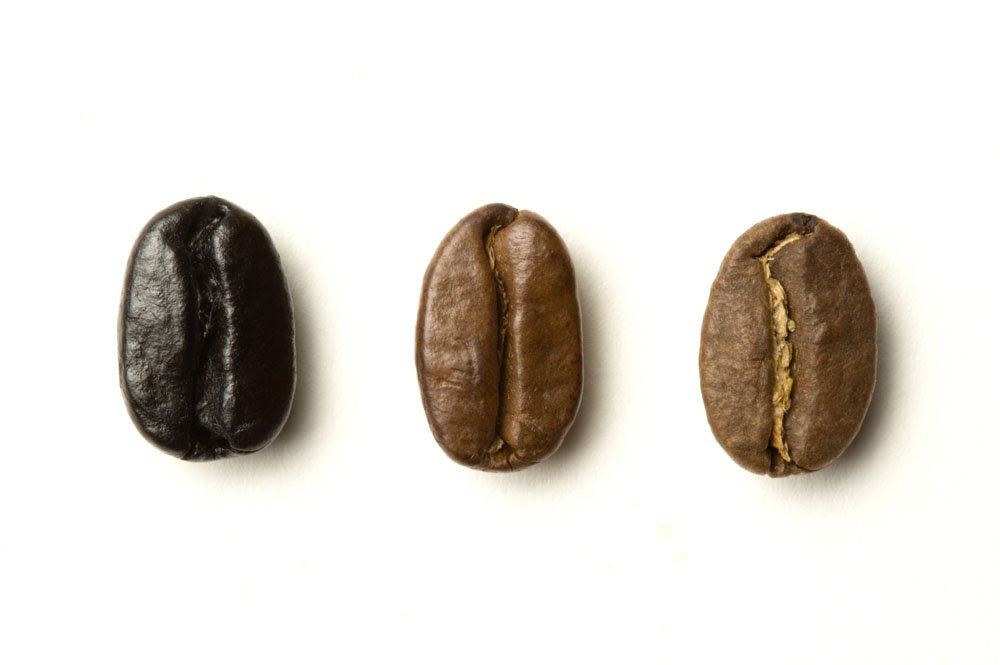
Comparison of three common bean shapes

1. arabica species
Arabica beans, world-famous blue mountain coffee, mocha coffee, etc., are almost all Arabica species.
Appearance: bean shape smaller, positive was long oval, narrow and tortuous cracks in the middle, beans back arc shape more flat, consistent size, uniform color luster.
Origin: Arabica coffee is mostly produced in Brazil, Colombia, Central American countries, Costa Rica, Guatemala, Jamaica, Mexico and Ethiopia in South America. Coffee beans that are generally familiar to everyone, such as Brazil Sandos, Sumatra Mantenin, Yemen Mocha, Jamaica Blue Mountain, etc., are all Arabica high-quality coffee beans.
Climate requirements: Arabica coffee is more difficult to grow, they like mild days and colder nights, need to be planted on inclined slopes at high altitudes, in the highlands ( 600~1800 meters) to grow more luxuriantly, and need special climatic conditions-the average temperature of the whole year is about 20 degrees Celsius, there is plenty of rainfall, but not frost areas. Only more than 50 countries in the world have such conditions, which are about 160 kilometers north and south of the equator. Its harvest must be carried out manually climbing up and down, which is more difficult.
Because Arabica coffee beans have a particularly good aroma, balanced taste, and low caffeine content, only about half of the content of Robasta, the planting amount accounts for about 70% of the total coffee planting amount, and the price is relatively high.
2. Robasta species
Robusta species account for about 20% to 30% of the world's production.
Appearance: bean-shaped larger, the front gradually round, convex back, crack straight.
Origin: Robasta coffee trees originate in Madagascar in central and western Africa and Indonesia in Asia.
Climate requirements: Robasta coffee tree is suitable for planting in the lowlands below 500 meters above sea level. It is extremely adaptable to the environment. It can resist harsh climate and resist pests. It does not need too much artificial care when preparing soil, weeding and pruning. It can grow in the wild. It is an easy to cultivate coffee tree.
However, the finished product tastes bitter than Arabica, the caffeine content is also relatively high, and the quality is also inferior, so most of them are used to make instant coffee. Because it is mainly grown in Africa, most Africans drink robasta coffee.
3. Liberian species
The Liberian species, known as the large grain species, is native to Liberia in Africa and to a few countries such as Malaysia.
It has a slightly shorter history than the other two coffee trees. The Liberian coffee tree is suitable for lowland cultivation. It has a tall and strong trunk, which is 18 meters high, large and tough leaves, and large fruits and coffee beans. Its seed coat clings to the kernel and is scarlet when mature.
Strong flavor, moderate caffeine content, strong irritation, poor quality. Due to its unique taste, low demand and small cultivation value, production is also small, less than 5% of the world's coffee production.
4. Ethelsa species
Esselsa is a variety discovered only in 1904, native to the Charlie River Valley in Africa, small fruit, high yield per plant, especially a drought-resistant variety.
The product has strong flavor, slightly bitter taste and less cultivation.
[Flavor Wheel]
The flavor of coffee beans is not only affected by different tree species, but also affected by soil and climate. When buying coffee beans, you sometimes see all kinds of incomprehensible descriptions: Tropical fruit flavor, caramel flavor, nut flavor, cocoa flavor... when you really taste, but found that there is no such flavor, even difficult to distinguish these different flavors of coffee, perhaps you think because you "do not know coffee" or "born slow", but in fact these descriptions are not true, they come from SCAA Specialty Coffee Association of America.
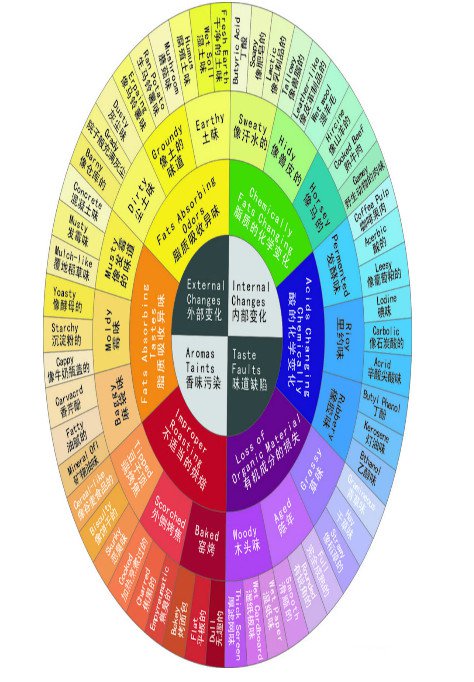
Judge the quality of coffee beans
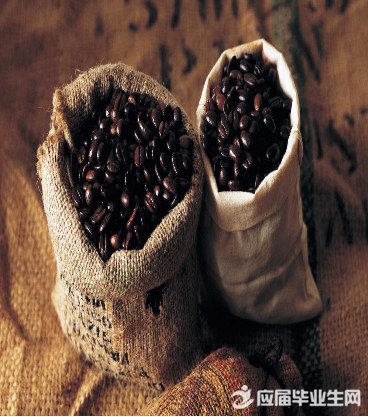
Freshness is the most important factor affecting coffee brewing quality. After selecting the varieties to buy, you must first judge whether the coffee beans are of high quality:
See: Fresh coffee beans with good quality are round in shape, big and fat, and shiny. It also depends on whether the internal color of coffee beans is consistent with or close to the appearance. The coffee that is consistent with the appearance is naturally a very good roasting degree. It belongs to high-quality beans. If the coffee beans are different inside and outside, it indicates that the fire is too fast or the heat is not well mastered when roasting.
Press: Put the beans in your mouth or hand and gently press them. The fresh beans are crispy and fragrant.
Pinch: It is best to pinch with your hand and feel whether it is solid. Solid is better.
Chewing: When buying, it is best to take one or two coffee beans to chew, fresh coffee beans crisp sound (indicating that the coffee has not been wet), teeth and cheeks fragrance.
Smell: Fresh coffee beans smell rich in the original aroma of coffee, stale or over-oxidized coffee beans will smell poor or basically no taste, serious will have a musty smell, earthy smell and iodine smell and even fermented taste.
[Selection of finished beans]
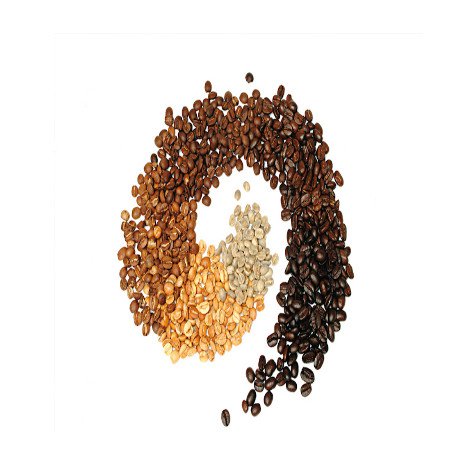
When selecting finished beans, in addition to judging the flavor according to the introduction of the merchant and the fixed attributes of the existing goods, you can also judge according to the baking degree:
Coffee beans will take on different colors depending on the degree of roasting. The lighter coffee beans themselves are very sour, and with the deepening of the roasting degree, the sour taste inside the coffee beans will slowly disappear, and the bitterness will rise step by step.
Coffee beans can be roasted lightly, moderately, or deeply. These three main categories can be subdivided into eight sub-categories. The detailed list is as follows: eight levels, from light to deep, are light baking, meat formula baking, medium baking, deep baking, urban baking, full baking, French baking, Italian baking, of which Italian baking is the deepest.
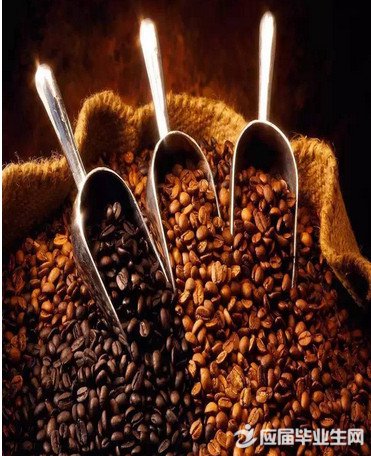
There are many merchants who roast beans now, most of which are sold after roasting at home. Generally, they will indicate which manor they come from, how the coffee beans are processed, grade, roasting depth and flavor. So you can buy according to your favorite flavor, there is no special store recommendation.
The plaything monarch can introduce some varieties of finished beans, but because of the large number, it is impossible to introduce them one by one. Here, I only choose some of the more common ones that I have drunk.
Mantenen:
It is produced in the south of Sumatra Island, Indonesia. It has relatively high body, obvious bitterness in single product, low acidity and generally deep baking degree.
Special mention should be made of "Gold Mattanine," a full-grain, size bean selected by PWN and trademarked under the name Gold Mattanine. So only PWN beans can be called golden mantinin.
Yejia Xuefei:
It is produced in the Sidamo region of Ethiopia. The usual description is "intense floral, subtle fruit acids, soft bergamot and lemon flavors", the smell does smell a little floral and fruity, but the taste is sour. If you like this sour taste, Yega Shefi is a cost-effective option.
There are two types of Yegashefi grading system. The first type: according to SCAA, it is divided into washing: G1, G2, sun exposure: G1, G3, G4, G5 ; the second type: a few years ago, Ethiopia officially established the standard to divide Yejia Shefei into A1 and A2. Both criteria are that the smaller the number, the higher the grade.
Blue Mountain:
In most people's minds,"the most expensive" coffee. It is produced in the Blue Mountains near Kingston, the capital of Jamaica. Because the output is small and monopolized by Japan, the price has been high. Now it is also possible to buy authentic Blue Mountain in China. There are three common brands: M.B.C. F, Cornerdale and Wallenford.
Blue Mountain coffee is characterized by a variety of flavors balance, grading from high to low into Blue Mountain No.1, No.2, No.3 and Blue Mountain blend. And the more special blue mountain round beans ( PB ).
In addition to Blue Mountain coffee, coffee grades from other regions of Jamaica are also divided from high to low: alpine coffee, Jamaica premium and Jamaica select.
Hawaii KONA:
There is a saying that Blue Mountain is the king of coffee and KONA is after coffee.
Due to the island terrain and volcanic soil, Hawaiian coffee has a very special taste, not too strong, not too sour and has a mellow taste, with pleasant wine aroma and acid.
KONA coffee is divided into four levels, namely the highest level of Extra Fancy, Fancy, Prime and Gr. No.1. With low yields and high production costs, Kona prices are catching up with Jamaica Blue Mountain in the market as demand for fine coffee increases in recent years, and good Kona beans are becoming increasingly difficult to obtain.
Guixia:
Rose summer is a new variety that has been popular in recent years. The quality of Latin American countries such as Panama, Guatemala and Colombia is relatively high. Now its reputation and price catch up with Blue Mountain and KONA. The flavor is mainly fruity and has an aroma similar to oolong tea.
Brazilian coffee:
Brazil is the world's largest coffee producer, with the world's largest total output. The coffee it produces tastes mild, slightly sour, slightly bitter, has no major defects, and has no particularly outstanding advantages. It is relatively moderate and is mainly used as a blend bean.
Colombia Coffee:
Colombia coffee is the second largest coffee producer. The overall quality of coffee beans is higher. Medium body, low acidity, sweet taste, with some nutty flavor, suitable for medium or deep baking, drink alone, mix well.
Important Notice :
前街咖啡 FrontStreet Coffee has moved to new addredd:
FrontStreet Coffee Address: 315,Donghua East Road,GuangZhou
Tel:020 38364473
- Prev
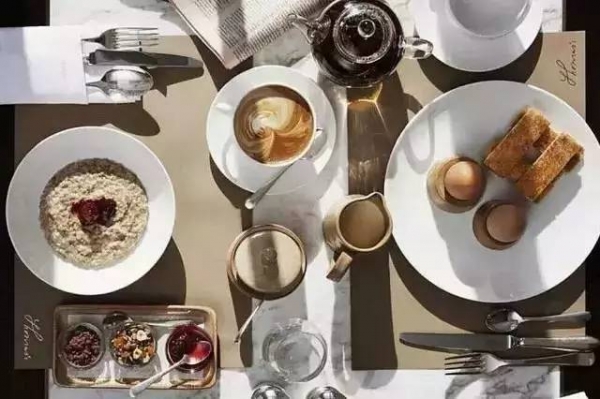
Special and rare coffee treatment method in the world: stone roast coffee
Talking about its baking mechanism, the stone roasting coffee roaster is about the same as the ordinary hot air roaster in appearance, but the internal structure is different. First of all, there is a net between the charcoal fire and the stone pot in its closed hot blast stove, which is separated by a layer of unique ore in Gifu Prefecture, Japan, and secondly, its stone pot is different from ordinary boilers, which is made of two-layer punched iron mesh, in the middle of the iron net.
- Next

World coffee knowledge explanation: 90+ coffee label represents the meaning---NinetyPlus Coffee
Ninety + Coffee comes from American boutique coffee creator and supplier: Ninety Plus Coffee. Just a few years after the company was founded in 2006, 90 has made their name known to coffee makers around the world, and since its first coffee in 2007, it has been a rare show for coffee connoisseurs and competitors.
Related
- Beginners will see the "Coffee pull flower" guide!
- What is the difference between ice blog purified milk and ordinary milk coffee?
- Why is the Philippines the largest producer of crops in Liberia?
- For coffee extraction, should the fine powder be retained?
- How does extracted espresso fill pressed powder? How much strength does it take to press the powder?
- How to make jasmine cold extract coffee? Is the jasmine + latte good?
- Will this little toy really make the coffee taste better? How does Lily Drip affect coffee extraction?
- Will the action of slapping the filter cup also affect coffee extraction?
- What's the difference between powder-to-water ratio and powder-to-liquid ratio?
- What is the Ethiopian local species? What does it have to do with Heirloom native species?

